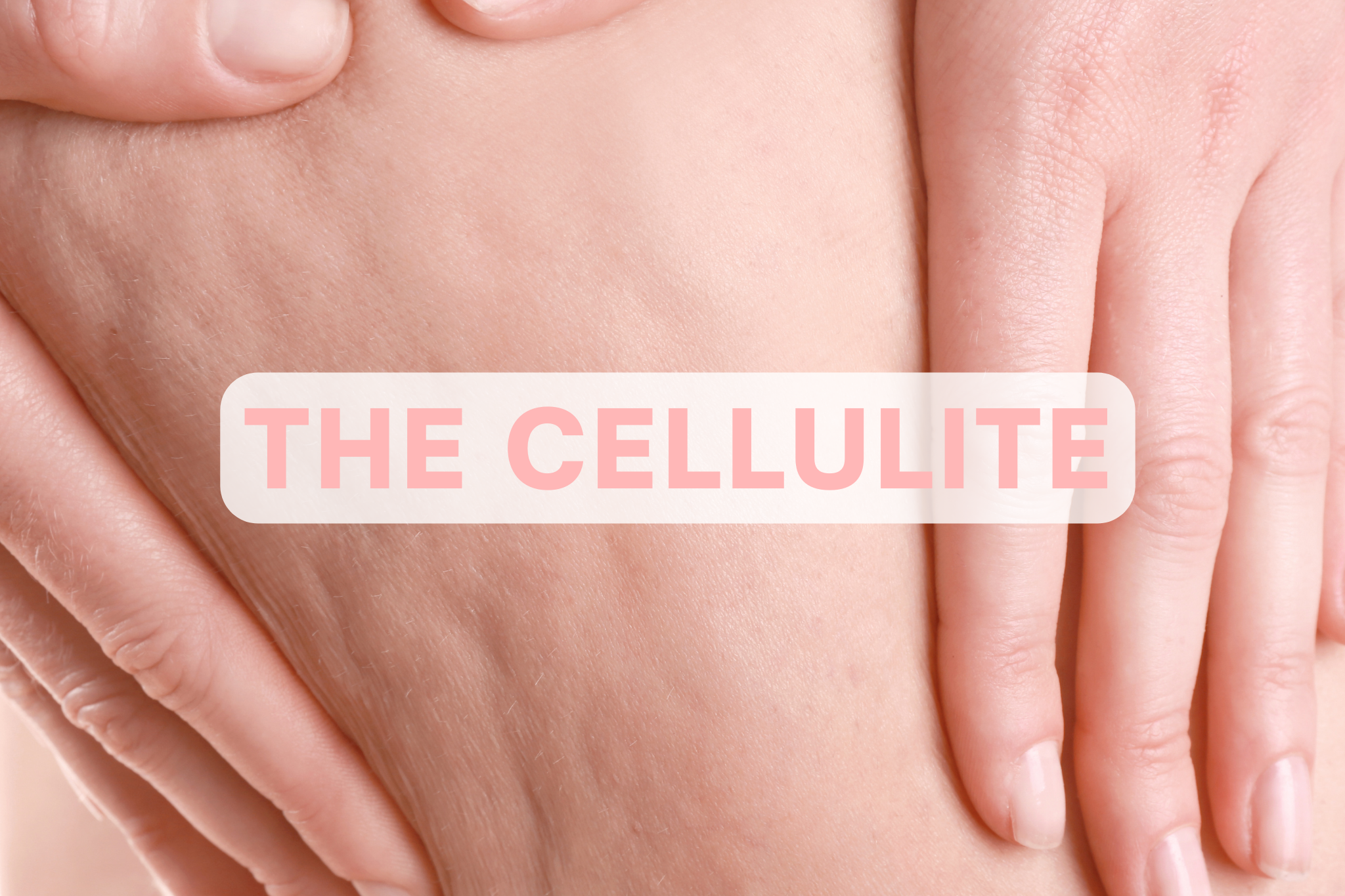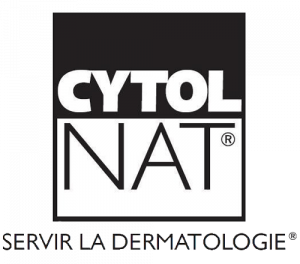Category: Non classé
The castor oil
The calendula
THE CALENDULA
Where did the calendula come from ?
Calendula (Calendula offinicalis), also known as garden marigold, is a Mediterranean plant belonging to the Asteraceae family. During its sunny bloom, pretty yellow-orange flowers are revealed and have the particularity of closing each evening at dusk, to open better when the sun rises again at dawn. The extract is obtained after the summer harvest of the petals, which are then dried and crushed. It is composed of triterpendioles, flavonoids, carotenoids, mucilage, essential oils and finally saponosides.
What are its properties ?
Appreciated since antiquity for its cosmetic virtues, calendula is used to treat all kinds of ailments such as insect bites. Today, it is mainly used for its soothing, healing and regenerating properties.
How to use this ?
Calendula is a preferred cosmetic ingredient to treat skin problems such as :
- The irritations,
- The chapping,
- The redness thanks to its soothing action,
- Inflammations of the skin (psoriasis, eczema, acne, etc.) thanks to its anti-bacterial action.
It soothes wounds, sunburn, light burns by its anti-inflammatory power. And scars them by promoting the regeneration of the skin.
In addition to its calming action, this plant also has antioxidant properties. It captures free radicals that cause skin aging.
It is also a softener and a softener. It has the ability to make the skin of users more supple and softer to the touch. It is perfect for sensitive and fragile skin. But also for skin prone to redness and mature.
Test all the goods made of calendula through the use of the CYTOLROSE® range, specific anti-redness range.
The licorice
THE LICORICE
Where did the licorice come from ?
First, licorice (Glycyrrhiza glabra) is a plant belonging to the family Fabaceae. It appreciates rich and moist soils. But also warm climates.
This is why it is naturally found in southern Europe and Asia. Areas in which it can perfectly develop. The extract is obtained from dried, peeled and powdered roots and stolons (underground stems),peeled and then reduced to powder.
It is composed of flavonoids, saponosides (including glycyrrhizin), coumarins, phytosterins and finally glycyrrhizic acid.
What are its properties ?
In fact, the root of licorice has been known for centuries for its characteristic taste and since antiquity it has been used for its medicinal properties. From a cosmetic point of view, it has anti-inflammatory and softening properties.
Licorice extract contains a molecule, glabridine. It gives it its cosmetic properties. This inhibits a key enzyme in the synthesis of melanin, the skin pigment tyrosinase. Melanin is responsible for tanning, but also for staining.
How to use this ?
It has a soothing and healing action for inflamed, irritated, sensitive skin. It also reduces redness. Thanks to its soothing properties, it is ideal for skin attacked by the sun’s rays.
Finally, licorice helps to relieve all irritated skin (atopic tendency, acne, etc.) thanks to its anti-inflammatory power. It evens and brightens the complexion. This gives the skin a healthy glow. In addition to its calming action, it also has antioxidant properties. By capturing free radicals that cause skin aging. It is therefore perfectly suitable for sensitive, fragile and reddened skin. But also for mature skin.
Tests all the benefits of Licorice thanks to the use of CYTOLNAT® Kojic lightening care.
The scutellaria
Where did the scutellaria come from ?
The scutellaria (Scutellaria Baicalensis) is a plant with blue/violet flowers native to Siberia and belongs to the family Lamiaceae.
It enjoys warm and temperate climates, especially arid steppes. It’s used in traditional Chinese medicine, where it’s called Huang Qin. It’s also used in Europe or North America.
Despite what one might think, it is not the flowers that are used, but the roots. The extract is composed of a wide variety of flavonoids with multiple faculties.
What are its properties ?
The root of scutellaria has been known for centuries for its medicinal properties, especially for its action on the nervous system, but also for its anti-inflammatory activity. From a cosmetic point of view, it has anti-oxidant and anti-aging properties.
How to use it ?
It has a soothing action which makes it possible to relieve the sensitive skins and attenuates the feelings of itchings. It allows to relieve all the irritated skins (acneic, atopic…) thanks to its anti-inflammatory power. Skullcap restores tone and radiance to the skin, which makes it a great ally in the fight against the signs of aging. Thanks to its lightening virtues, it is ideal for skins with hyperpigmentation spots. In addition to its calming action, it also has antioxidant properties by capturing the free radicals that cause skin aging. It is therefore perfectly suited to sensitive, fragile skin with spots, but also to mature skin.
Test all the benefits of scutellaria with the use of the CYTOLNAT® Kojic lightening treatment.
The Aloe Vera
Where did the Aloe Vera come from?
Aloe Vera is a tropical oily plant with persistent leaves and shallow roots. The inside of the aloe leaf contains a jelly capable of storing water filtered by the roots and leaves. By a learned alchemy, this water turns into a translucent gel, widely sought for its medicinal properties. He has amazing survival skills.
When cut, the plant heals itself. It quickly releases a substance that, in a few minutes, turns into a new skin. This makes it possible to heal the wound quickly.
Aloe Vera dry extract is obtained from the leaves of Aloe barbadensis. It is rich in oligo and polysaccharides. But also vitamins B1, B2, B3, B6, C, amino acids and proteins.
What are its properties?
For more than 5000 years, all great civilizations have used it for therapeutic and cosmetic purposes. Nowadays, this plant is attributed to various properties. Stimulation of collagen production, treatment of burns, healing. Or by fighting skin aging. Women make them beauty masks, rejuvenating creams, shampoos or hair lotions.
Aloe Vera extract is a complete «detox» active thanks to its multiple properties. Antioxidant, purifying, moisturizing, soothing and restorative.
How to use it?
It is suitable for all skin types. Whether they are sensitive, dry or mature. It is also an ally for skin with imperfections as it purifies the epidermis. It is also known to reduce brown spots. These spots may appear due to acne or aging of the skin. It will moisturize the skin, so it is an excellent after-sun care.
Test all the benefits of Aloe Vera with the use of CYTOLNAT® Ultra Gentle Cleansing Gel.
Shea butter
Where does the shea butter come from ?
The shea (Vitellaria paradoxa) is a tree of a height of 10 to 15 meters, native and always localized exclusively in West Africa to the south of the Sahara desert.
To obtain the butter, the nuts are washed, dried and crushed before being pressed and filtered to obtain a paste. The production process preserves the active ingredients and vitamins of the product.
In Africa we call it “woman’s gold” or simply “shea” which means “life”. African families use it to compensate for skin droughts caused by high winds.
What are its properties ?
Used for thousands of years for its virtues on the skin, shea butter would be, according to an Egyptian legend, the secret of the great beauty of Queen Nefertiti. It is recognized as a protective oil because it is rich in vitamin E, emollient, repairing and hydrating. It preserves the epidermis from external aggressions, leaves the skin soft and supple and also helps to prevent and reduce stretch marks.
How to use it ?
Thanks to its numerous virtues, it can be used from head to toe. Recommended for all types of hair, it is often used in an oil bath, it will nourish them, bring them a certain shine and even help to maintain a color. It nourishes the skin of the face, body, hands and lips, helping it to keep its elasticity and even prolonging the tan.
Test all the benefits of shea butter by using Cytolslim slimming and firming care.



















